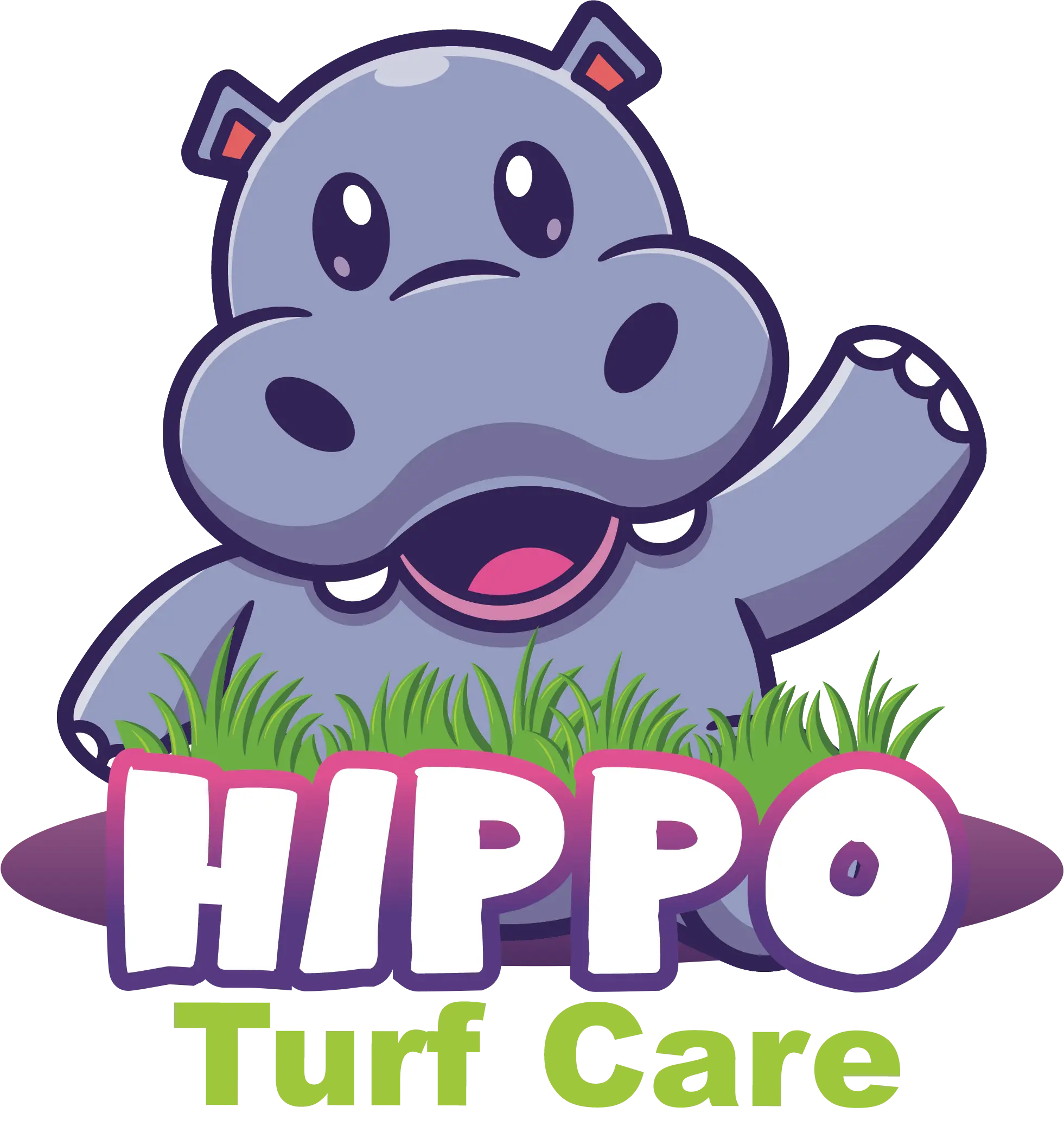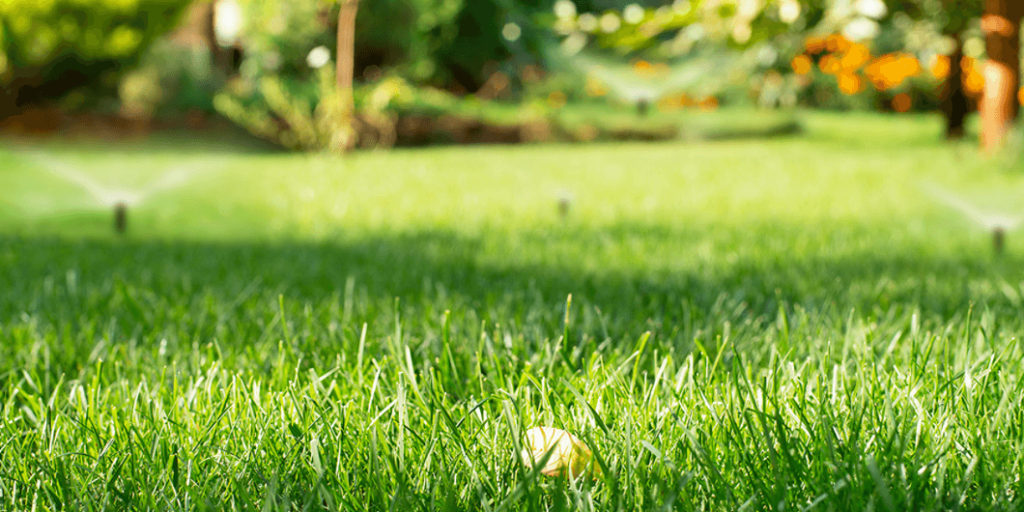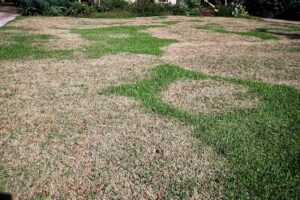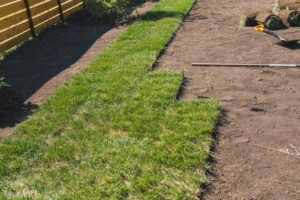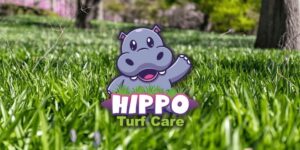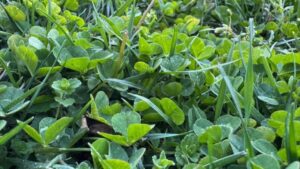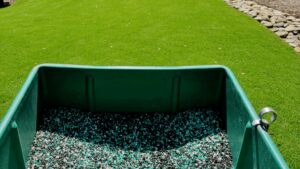A lush, green lawn enhances your home’s curb appeal, but maintaining it isn’t always easy. Many homeowners struggle with common lawn problems that affect grass health and appearance. Issues like weeds, thinning grass, soil compaction, and pests can turn a beautiful lawn into a patchy mess. Ignoring these problems can lead to long-term damage, making recovery difficult. Understanding the root causes of lawn issues is the first step toward effective treatment. With the right lawn care strategies, you can restore your grass to its best condition. This guide explores common lawn problems and the best solutions to keep your yard thriving.
Common Lawn Diseases
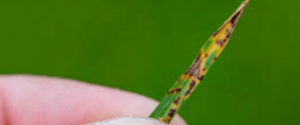
Lawn diseases are a major concern for homeowners, often caused by fungal infections, poor soil conditions, and improper lawn care. Issues like Brown Patch, Dollar Spot, and Red Thread thrive in warm, humid conditions, spreading quickly across the grass. These diseases create discolored patches, weak spots, and an unhealthy lawn appearance. Overwatering, compacted soil, and lack of nutrients can worsen the problem, making it difficult for grass to recover. Identifying the disease early is crucial for effective treatment and prevention.
Fungal infections often develop when moisture lingers on grass blades for too long, especially in shaded areas with poor airflow. Lawns with excessive thatch buildup or improper mowing height are more susceptible to these diseases. A well-balanced fertilization program helps strengthen the grass, making it more resistant to fungal attacks. Aerating the soil and improving drainage can also reduce disease risks. Regular maintenance and monitoring can keep these issues under control.
Using the right lawn care practices can help prevent and treat common lawn diseases before they spread. Applying fungicides when necessary, avoiding overwatering, and maintaining proper mowing techniques can promote a healthier lawn. Hippo Turf Care provides expert fertilization and aeration services to keep your lawn disease-free. Investing in professional lawn care ensures your grass stays lush, green, and resilient against common fungal infections.
Weed Infestation
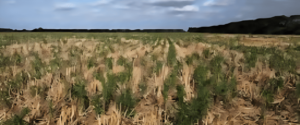
How Weeds Take Over Your Lawn
Weeds are one of the most persistent lawn problems, competing with grass for nutrients, sunlight, and water. Common weeds like dandelions, crabgrass, and clover spread rapidly, taking over weak or thinning areas of the lawn. If left uncontrolled, weeds can choke out healthy grass and disrupt the overall appearance of your yard. Factors like poor soil health, improper mowing, and inconsistent lawn care can create the perfect conditions for weed growth.
Preventing Weed Growth Naturally
Prevention is key when dealing with weed infestations. A thick, well-maintained lawn naturally resists weed invasion by crowding them out. Regular mowing at the correct height, proper fertilization, and deep watering encourage strong grass growth. Aerating the soil also helps by improving nutrient absorption, making it harder for weeds to establish themselves. Maintaining a proper lawn care routine is the best defense against unwanted weeds.
Effective Weed Control Solutions
For existing weed problems, professional weed control treatments can effectively target and eliminate them. Selective herbicides work to kill weeds without harming the grass, restoring the lawn’s healthy balance. At Hippo Turf Care, we offer specialized weed control solutions to keep your lawn free from invasive plants. With consistent care and expert treatments, you can enjoy a lush, weed-free lawn all year round.
Soil Compaction and Poor Aeration
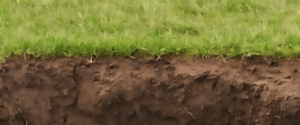
Why Soil Compaction is a Problem
Compacted soil is one of the biggest obstacles to a healthy lawn, making it difficult for grass roots to access water, air, and nutrients. Heavy foot traffic, mowing with heavy equipment, and natural settling over time can cause soil particles to press together, reducing the space for essential airflow. When the soil becomes too dense, roots struggle to grow deep, leading to weak, thin grass that is more vulnerable to drought and disease.
Signs Your Lawn Needs Aeration
If your lawn shows any of these signs, soil compaction could be the issue:
- Hard, dense soil that makes it difficult for roots to grow.
- Water pooling on the surface instead of absorbing into the ground.
- Thin or patchy grass that struggles to spread.
- Increased weed growth due to weak grass competition.
- Difficulty inserting a screwdriver or shovel into the soil.
How Aeration Helps Restore Lawn Health
Aeration is the process of creating small holes in the soil to improve airflow, water penetration, and nutrient absorption. Core aeration, which removes small plugs of soil, is the most effective method for breaking up compacted ground and promoting deeper root growth.
Benefits of aeration include:
- Loosens compacted soil, allowing roots to expand.
- Enhances water absorption, reducing runoff and puddles.
- Boosts nutrient uptake, leading to greener, healthier grass.
- Encourages deeper root growth, making the lawn more drought-resistant.
At Hippo Turf Care, we provide professional aeration services to help your lawn breathe and thrive. Regular aeration ensures your grass remains strong, resilient, and lush throughout the year.
Thin or Patchy Grass
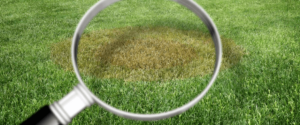
Why Your Lawn Has Thin or Bare Spots
A patchy lawn with thin grass can make your yard look unhealthy and neglected. Several factors contribute to thinning grass, including poor soil conditions, heavy foot traffic, extreme weather, and improper mowing techniques. In some cases, pests and lawn diseases can also weaken grass, leading to bare patches. Without proper care, these areas can become breeding grounds for weeds, further damaging the lawn’s overall health.
How Overseeding Helps Restore Lawn Thickness
Overseeding is the process of spreading new grass seed over an existing lawn to fill in bare spots and improve density. It helps introduce stronger grass varieties that are more resistant to disease, drought, and foot traffic. For the best results, overseeding should be done at the right time of year, depending on the grass type. Combining overseeding with aeration ensures better seed-to-soil contact, promoting healthier growth.
Best Practices for Growing Thicker Grass
To encourage a lush, full lawn, follow these key steps:
- Overseed regularly to fill in thin areas and improve turf density.
- Fertilize properly to provide essential nutrients for growth.
- Mow at the right height to avoid stressing the grass.
- Water deeply and consistently to encourage strong root development.
- Aerate the lawn before overseeding to improve seed germination.
At Hippo Turf Care, we offer expert overseeding and fertilization services to help your lawn regain its lush, green appearance. With the right care and maintenance, you can enjoy a thick, healthy lawn all year round.
Pest Damage – Grubs & Worms
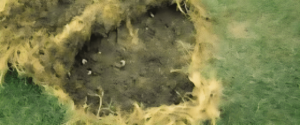
How Pests Harm Your Lawn
Grubs and worms are common lawn pests that feed on grassroots, weakening the turf and causing brown, patchy areas. If left untreated, they can attract birds and animals that dig up the lawn in search of food, leading to further damage. Signs of an infestation include spongy grass that lifts easily and irregular dead patches.
Preventing and Controlling Lawn Pests
A well-maintained lawn is less susceptible to pest infestations. Proper fertilization, aeration, and regular mowing help strengthen the grass, making it more resistant to damage. Natural predators like birds can help control worm populations, but severe infestations may require targeted treatments.
Effective Pest Control Solutions
Applying grub and worm control treatments at the right time of year prevents them from spreading. Professional lawn care services, like those at Hippo Turf Care, ensure your lawn remains pest-free with safe and effective treatments. Regular monitoring and proper lawn care practices will keep your grass healthy and protected from future infestations.
Lawn Renovation for Long-Term Health
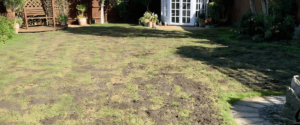
Lawn renovation is essential when grass becomes too thin, patchy, or overrun with weeds. If more than half of your lawn is damaged, simple treatments may not be enough to restore its health. Renovation involves removing weeds, aerating the soil, overseeding, and applying proper fertilization to encourage new growth. With the right care, your lawn can regain its lush, green appearance.
At Hippo Turf Care, we specialize in complete lawn renovation to bring struggling lawns back to life. Our professional services ensure long-term results by improving soil health, promoting strong root development, and preventing future damage. A well-renovated lawn not only looks better but also stays healthier and more resilient year-round.
Conclusion
A beautiful lawn requires ongoing care to prevent issues like weeds, pests, and thinning grass. At Hippo Turf Care, we provide expert solutions, including aeration, fertilization, and full lawn renovation. Our professional services ensure your lawn stays healthy, lush, and resilient year-round. Visit Hippo Turf Care or call 803-810-1145 to schedule your lawn care service today. Let us help you achieve the green, vibrant lawn you deserve!
